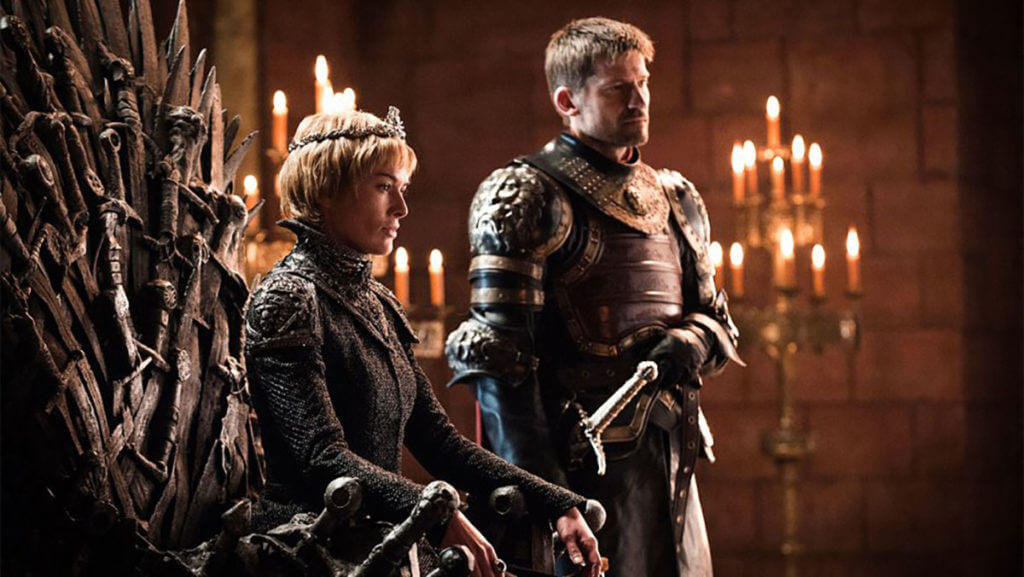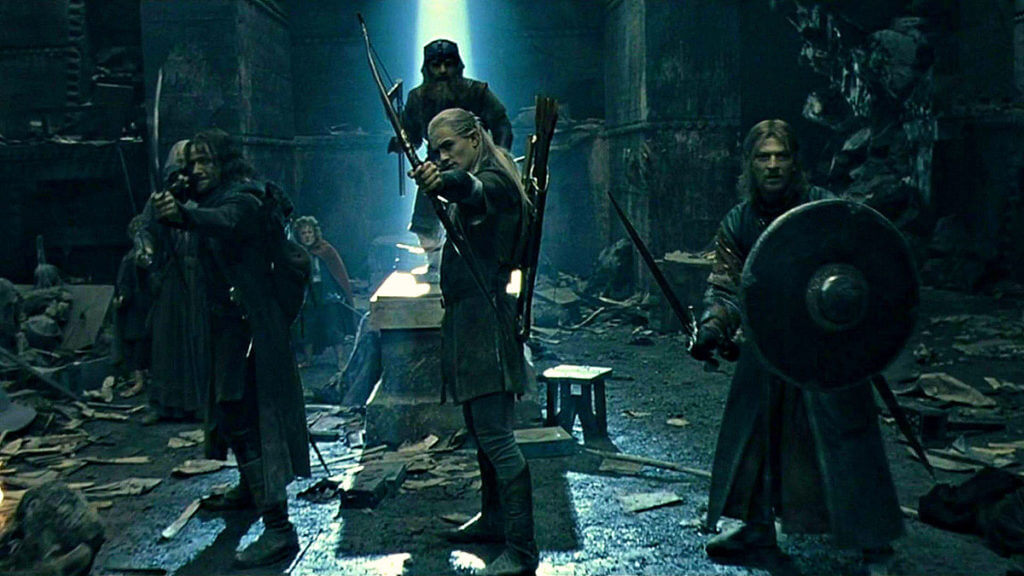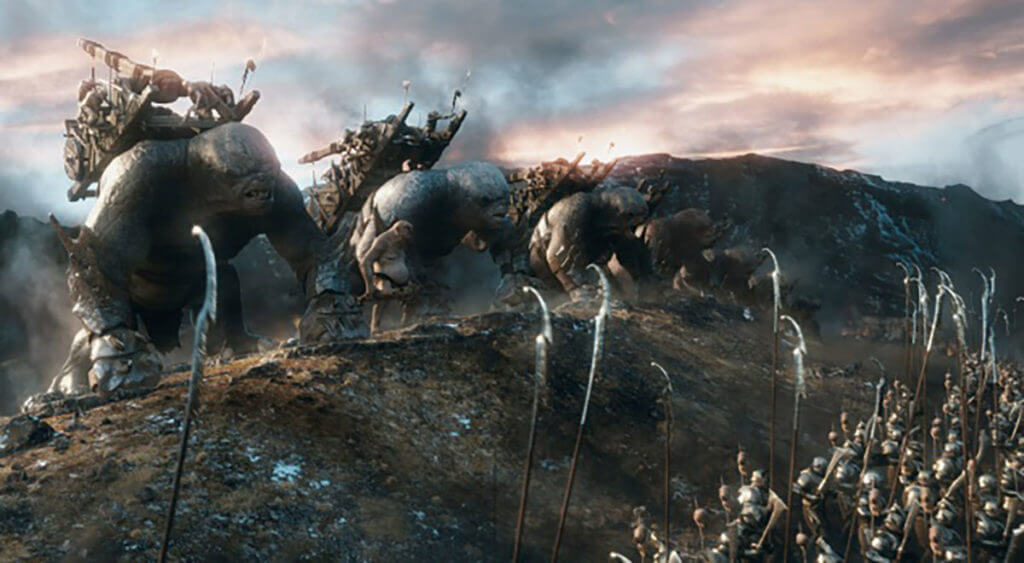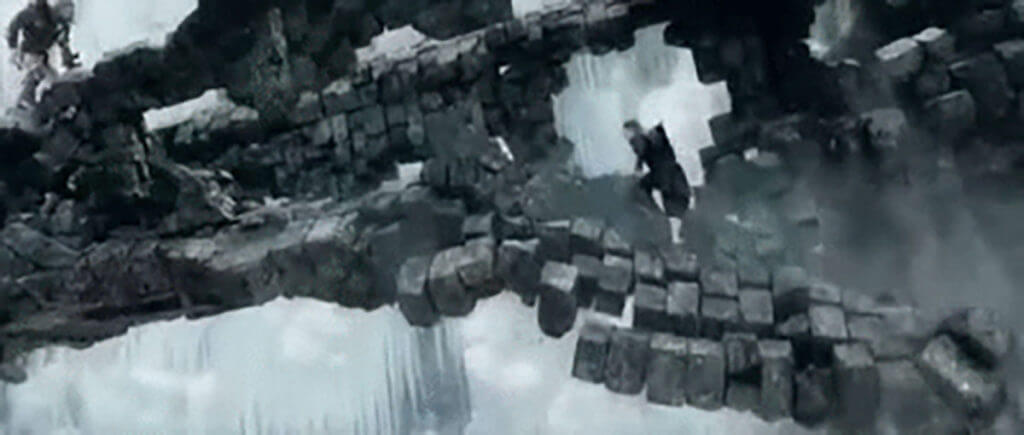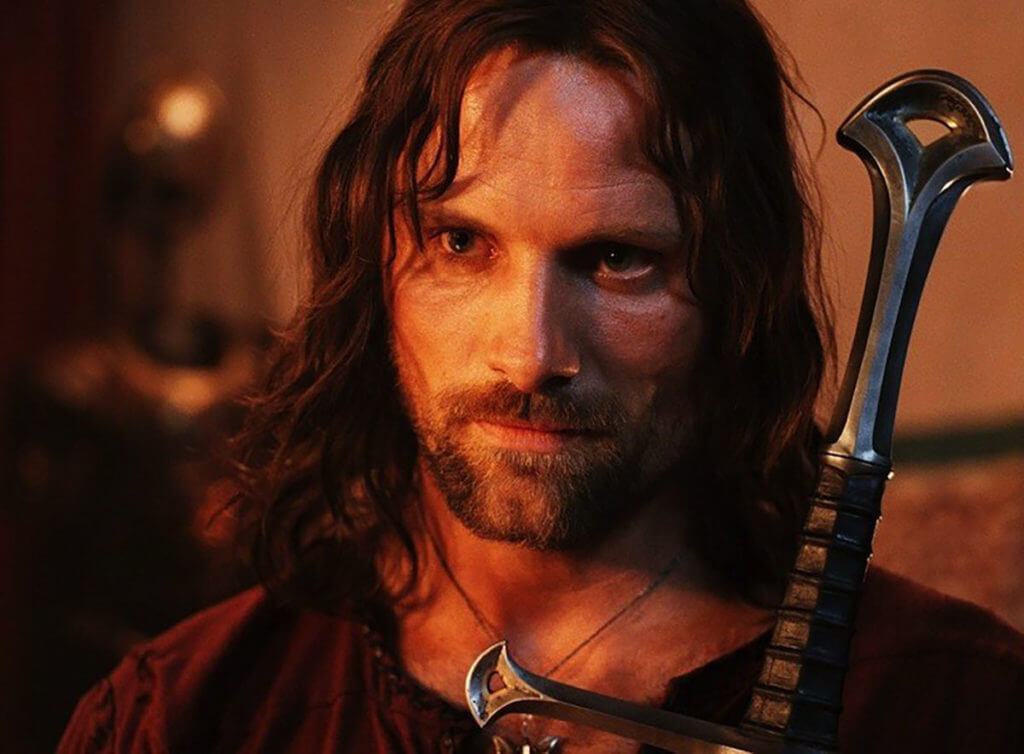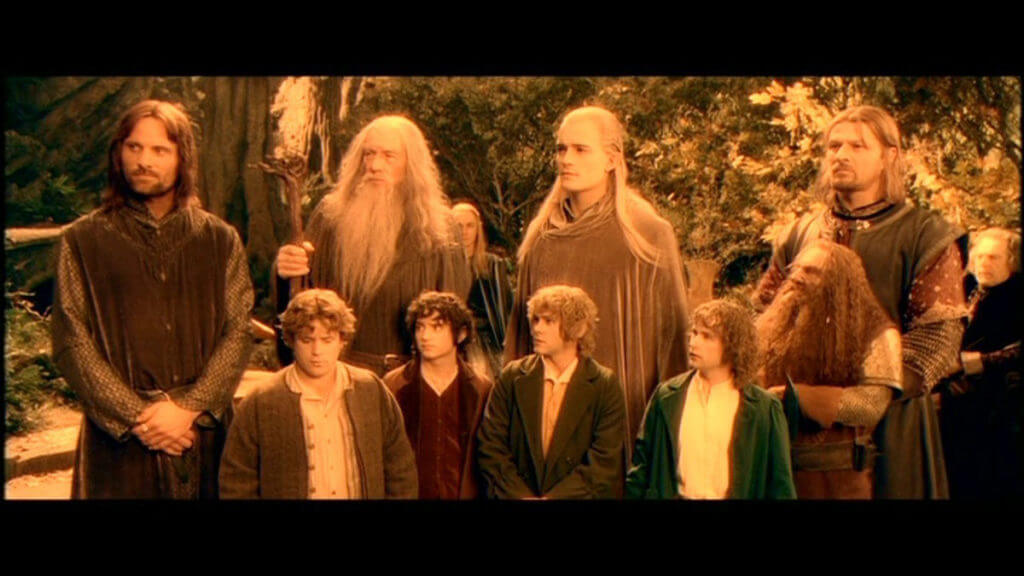You may not be aware of this, but Game of Thrones is back for it’s seventh season. Feel free to run off to stream the latest episode.
I’ll wait.
My favorite show’s return has me thinking about book-to-movie or television adaptations, and so for this blog post, I’m writing a bit about what makes them so damn hard to do well.
Game of Thrones has sparked a new wave of television since being adapted for the screen from George R. R. Martin’s A Song of Ice and Fire series. There have been several attempts at epic fantasy revival; but, more broadly, a focus on gritty, violent, television rife with political intrigue. Small screen adaptations based on popular books have also become more popular. Recently, The Handmaid’s Tale on Hulu has been a prime example.
Now, there’s nothing new in adapting novels, comics, and various other forms of media for movies and television. Casablanca was based on a play, Psycho was adapted from a novel, and so was Gone With the Wind, along with countless others.
And yet, there are so many instances in which films fail to capture the essence of their source material, and leave audiences feeling like the novel or play they loved isn’t being handled with respect. Even Game of Thrones, with its massive audience, draws its fair share of criticism for poorly handled plotlines and characters (cough, Dorne, cough, cough…)
So what goes wrong? For TV shows, the answer is simple: when you have over sixty hours of content, there are bound to be a few dead spots. But it’s so difficult to make a two hour movie that leaves audiences saying, “Yeah, that was it. It was just how I pictured it.”
Why?
Let’s use an example to better understand this phenomenon. It’s not A Song of Ice and Fire, but without these books (and movies), those books (and show) wouldn’t exist.
To be clear, the following analysis is my opinion of certain aspects of these films. If you think I’m wrong, feel free to tell me so!
The Successful Adaptation: The Lord of the Rings Trilogy
The original Lord of the Rings trilogy is not without its detractors. I feel like the only person alive who prefers the theatrical versions to the extended ones (and I await your hate mail), but by and large people applaud the films for nailing the feel of J.R.R Tolkien’s classic books, even though they don’t slavishly follow every beat in Tolkien’s original narrative.
The films contain a striking amount of ripped-from-the-page dialogue between the characters, particularly between Legolas and Gimli. But they also cut entire characters, and even some long sequences, from the books.
The contest to see who can kill more enemies remains. Gone is the infamous narrative-killer, Tom Bombadil.
That’s because the writers of the movies knew what was essential to the story and what wasn’t. Budding friendship–character development!– between elf and dwarf is a joy to experience. Tom and his wife, Goldberry, are just confusing.
The Failure: The Hobbit Trilogy
Let’s get the obvious out of the way right now. The original trilogy consists of three books. Three books, three movies. The Hobbit is a single book. One book, three movies.
I won’t digress into the factors that led to the respective developments of the two trilogies. That’s a topic for another post. I think the specific story decisions that were made and their impact on the finished products are more interesting.
The Hobbit begins with a large cast. Thirteen dwarves, a wizard, and the eponymous hobbit are present right from the start. That’s a lot of characters. It takes work to make the audience care about one character, let alone all of those people, in just two hours. It’s not impossible– Fellowship had a large ensemble cast too– but a combination of pacing and smart writing allowed Jackson to avoid overwhelming viewers with sheer volume.
On top of the fifteen principal characters, An Unexpected Journey adds in other characters. Legolas makes an appearance. Then there’s Radagast the Brown. Radagast is a minor role player in The Lord of the Rings books and got cut from the movies. He doesn’t appear in The Hobbit book. The Hobbit films created Tauriel, an entirely new character, as well.
See where I’m going with this? Where The Lord of the Rings subtracts (Tom Bombadil, Old Man Willow, and the barrow wight), The Hobbit adds. As a result, one might say it feels “thin, sort of stretched, like butter scraped over too much bread.”
See what I did there? I’m sorry, Bilbo. Really.
Is This Adaptation Necessary?
A filmmaker must have a vision for their finished product beyond what they found in the book. It is simply impossible to include every detail from a 700 page novel in a two hour movie, and picking and choosing perfectly-preserved scenes will result in a shallow finished product.
Making changes is ok. They just have to be the right changes.
The changes The Lord of the Rings movies make often sacrifice nuance for interesting or fun character moments. In the case of Aragorn, however, the movies do add some conflict to his character: should he or should he not accept his destiny as King of Gondor? That’s because taking the time to get to know the characters is vital to the success of (almost) any story. When The Lord of the Rings adds, it adds depth, not just things.
Among the most hated aspects of the Hobbit movies is a love triangle between Legolas, Tauriel, and Fili the dwarf. It’s not because there’s no conceivable story that involves two elves, a weirdly handsome dwarf, and a love triangle. It’s because that story is not The Hobbit.
Despite a large cast, The Hobbit eschews character development, with a few exceptions. Instead, these movies pad their runtimes by giving us things to look at, and nothing we can dig into. They simply throw things and characters at the audience, hoping to overwhelm them with sheer size and scope.
The Hobbit is a fundamentally smaller tale than The Lord of the Rings, and yet it takes almost as long to tell and maintains a quarter of the depth.
It All Comes Down to Character
Specific scenes and set pieces don’t define characters. What defines them are their internal conflicts, what they enjoy, what they don’t, the people they love, and the challenges they face.
Frodo, Sam, Merry, Pippin, Gandalf, and the rest are what makes people love stories like The Lord of the Rings. The epic battles are a bonus. The characters are what the audience really want to see. Obviously, you want Minas Tirith, and the Balrog, and all the other amazing visuals of whatever your favorite book gave you as well. But without the characters you love interacting with those elements, they just feel hollow.

